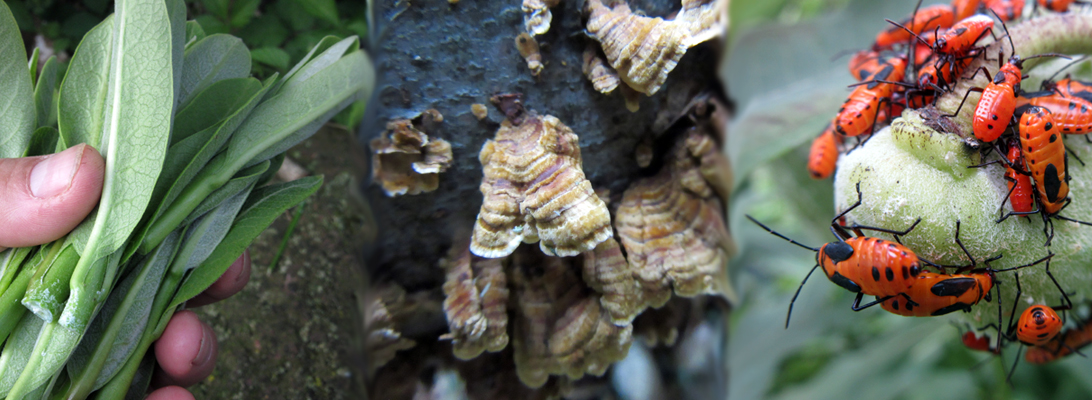
The Resilient Gardener by Carol Deppe, Chelsea Green Publishing 2010.
Why would someone as passionate about wild food as I am choose a gardening book for their first book review? Well, when it comes to The Resilient Gardener, there are a bunch of reasons. For one thing, as much as I love foraging, I believe that small scale cultivation of staple crops will be an important part of any sustainable future. This book is also well written, thoughtful, and actually discusses the authors experience foraging large numbers of black walnuts and hazelnuts during one of her “hard times”.
The book walks you though ways to cultivate your life to be more resilient when difficult times (personal or global) happen, and how to make your garden an asset instead of a burden. Unlike some similar books, it manages to remain calm and upbeat, never descending into simplistic ideology, fear mongering, or individualistic survivalism.
While The Resilient Gardener is a far more useful “how to” book than many books that largely fail because they attempt to cover every possible garden plant, it is more than a “how to” book and every bit as much about the gardener as the garden. It is full of compelling stories from the author about her challenges with health, diet, and caring for her sick mother. Deppe’s personality really shines in this book. Her writing is thorough, precise, and scientific without losing the human touch. In fact this is one of the most human books that I have ever read. I am impressed that the publisher didn’t make her edit out some sections where she examines some of the minutest details of her dietary issues and health concerns. While there were points at which I was incredulous at the degree to which she studies herself and her bodies reaction to various components of what she eats, it is a more complete and authentic work this way.
The first half of the book looks at gardening and resiliency in general, delving into a wide variety of topics including climate change, traditional Native American agriculture, seed saving, food preservation, ecology, soil fertility, gluten intolerance, and a whole lot more.
The second half offers an in depth look at five different staple foods. These are potatoes, duck eggs, squash, beans, and corn. These five profiles tell you how to breed, cultivate, harvest, preserve, and prepare each crop. As well as offering tips on selecting varieties, and ways to obtain a good yield even in those times that you can’t afford the time or resources to pamper your garden the way you might like.

Each profile has several recipes. The picture above shows my version of Carol’s Skillet Cornbread. The only difference is that I use one sixth the amount of butter, and still get excellent results. This is a cornbread with no wheat to hold it together, yet it crumbles less than most cornbreads that I have tried. Deppe has such an obvious love of good food that by the end of the book, I almost forgot that it wasn’t just about enjoying homemade meals.
So why did I chose The Resilient Gardener as my first review?
I guess ultimately the biggest reason is because it is the perfect gardening book for a forager to own. It gives you a whole lot of good information on getting the most healthy and usable calories with the least amount of toil. Combining the knowledge in this book with that of a few good foraging books, could put you on a path towards better food security and a healthier, more sustainable lifestyle. I just wish that I had this book last growing season, maybe my garden would have produced something worth what little work I put in.
Once again, thanks for reading. Comments and questions are appreciated.
Nate






